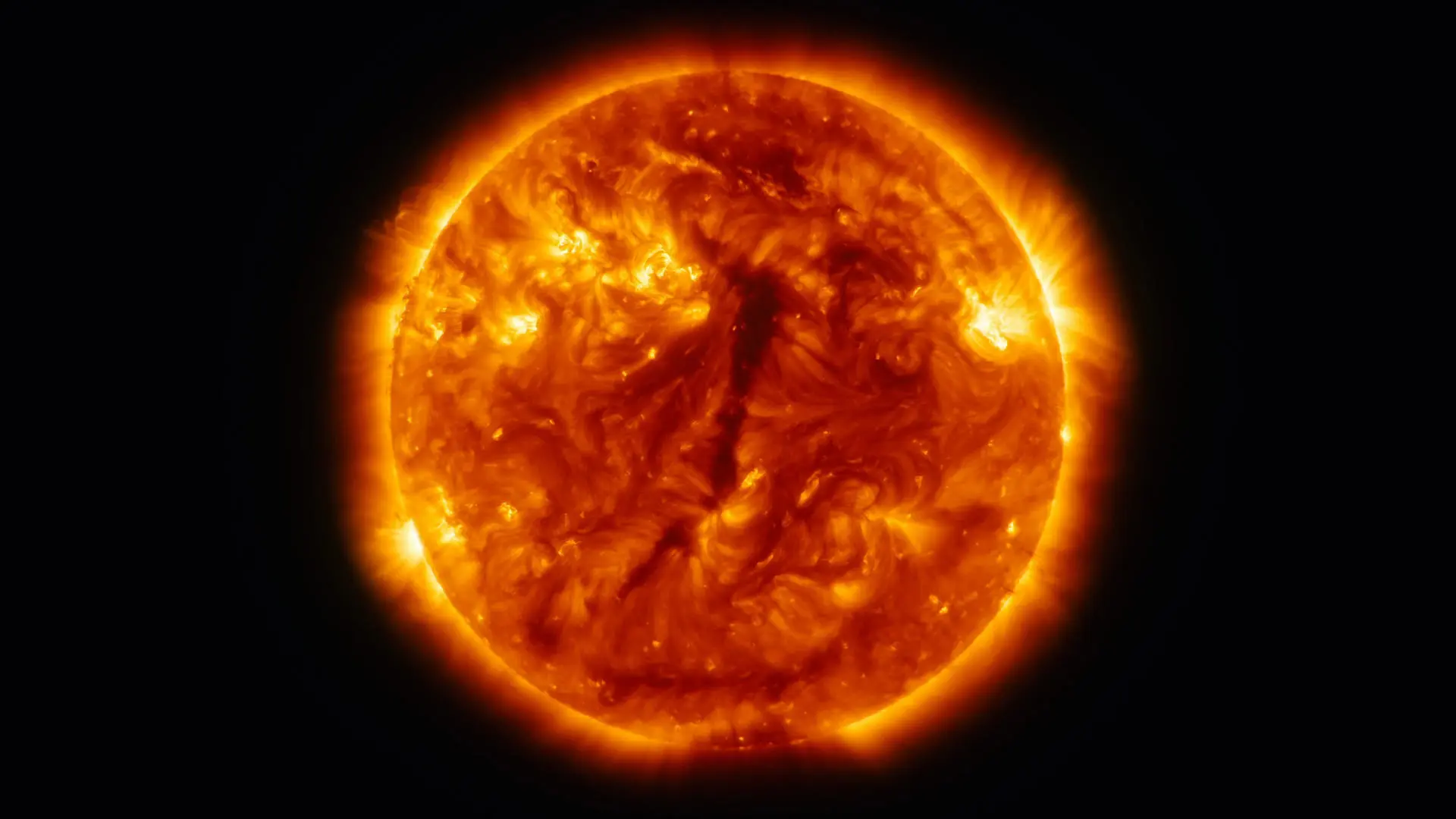We pursue observational programmes in the X-ray, ultraviolet, optical, infrared, mm and radio bands using ground-based (e.g. JCMT, eMerlin) and space-borne observatories (Kepler, Herschel, XMM-Newton).
By combining photometric, spectroscopic and imaging observations we unravel the interactions between the stars and their environments, and the processes within the stars themselves.
Asteroseismology
Asteroseismology is the study of oscillations and pulsations in a star using a collection of observational techniques.
These pulsations provide a unique view into the interiors of stars. Professor Donald Kurtz and Dr Daniel Holdsworth apply the techniques of Asteroseismology to see beneath the surfaces of the stars, a place Sir Arthur Eddington thought was “less accessible to scientific investigation than any other region of the Universe”.
Star formation and exoplanets
Stars form within the cores of cold, dense clouds of interstellar gas and dust. When gravity dominates over turbulent, thermal, and magnetic support, the cores of these clouds collapse to form stars.
The stellar masses range from a few times the mass of Jupiter, the largest planet in our Solar System, up to a few hundred times the mass of our Sun.
Massive stars and supernovae
Supernovae are bright, cosmic explosions which often outshine their host galaxy. Over recent years dedicated surveys have identified a variety of different supernova classifications, leading to what is now known as the “supernova zoo”.
In order to identify the star that exploded, the progenitor star, we use existing imaging from telescope archives to try and match the position of the supernova with a specific star, however this direct-detection method has not proved as effective and the source of many of these cosmic explosions is still unknown.

